For the right mix of adventure and relaxation, get lost in Aruba. The island’s dry climate differs from the tropical climates of many other islands. Here in the southern Caribbean, you won’t find rainy forests or bloodsucking bugs but instead you’ll find sprawling cacti fields and cute donkeys. No itinerary needed; come stay for a week and explore on your own time.
Getting around Aruba
Renting a car is necessary if you want to freely navigate all parts of the island, and a 4×4 vehicle is essential if you plan to do any off-roading. We were happy with our Jeep rental from More4Less, which offers free pickup and dropoff from its location two minutes away from the airport.
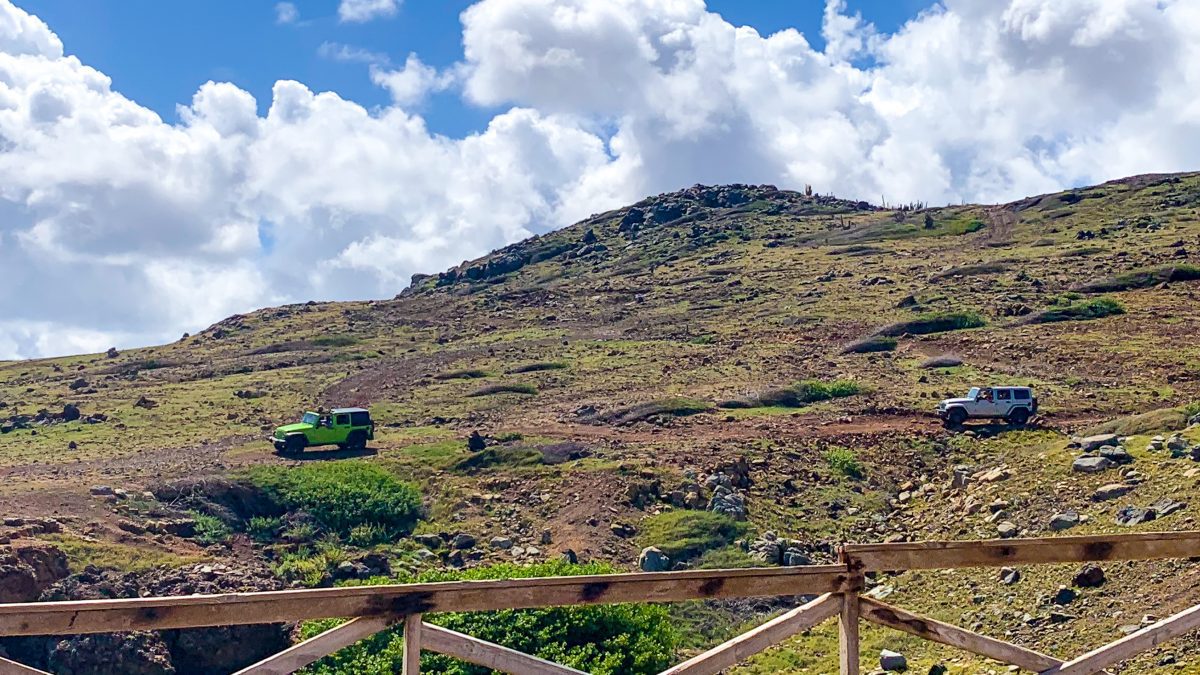
If you don’t want to rent a car, the public bus serves many of the main routes you would take through the island. To explore the north or Arikok National Park, there are many guided tours with additional options for Jeep and UTVs. Note that use of quads is frowned upon in parts of near the National Park due to disruption of wildlife, so pay attention to signage if you’re renting a vehicle without a tour guide.
To help you navigate, check out my Aruba map below which has all of the must-see destinations listed.
Where to stay in Aruba
Most of Aruba’s accommodations are located on the northwest side of the island, from Noord in north down to Oranjestad, the capital.
I don’t recommend staying in Palm Beach, home to the tourist zone with large resort hotels and restaurants. It’s worth a visit for the water activities but for nicer beaches and to avoid crowds, stay at Eagle Beach or Manchebo Beach, offering wide stretches of white sand beach and perfect swimming water.
Bucuti & Tara Beach Resort is an adults-only luxury hotel that offers beachfront access and a breakfast buffet. Plus you can walk up to Coco Loco Beach Bar to enjoy live music over island drinks.
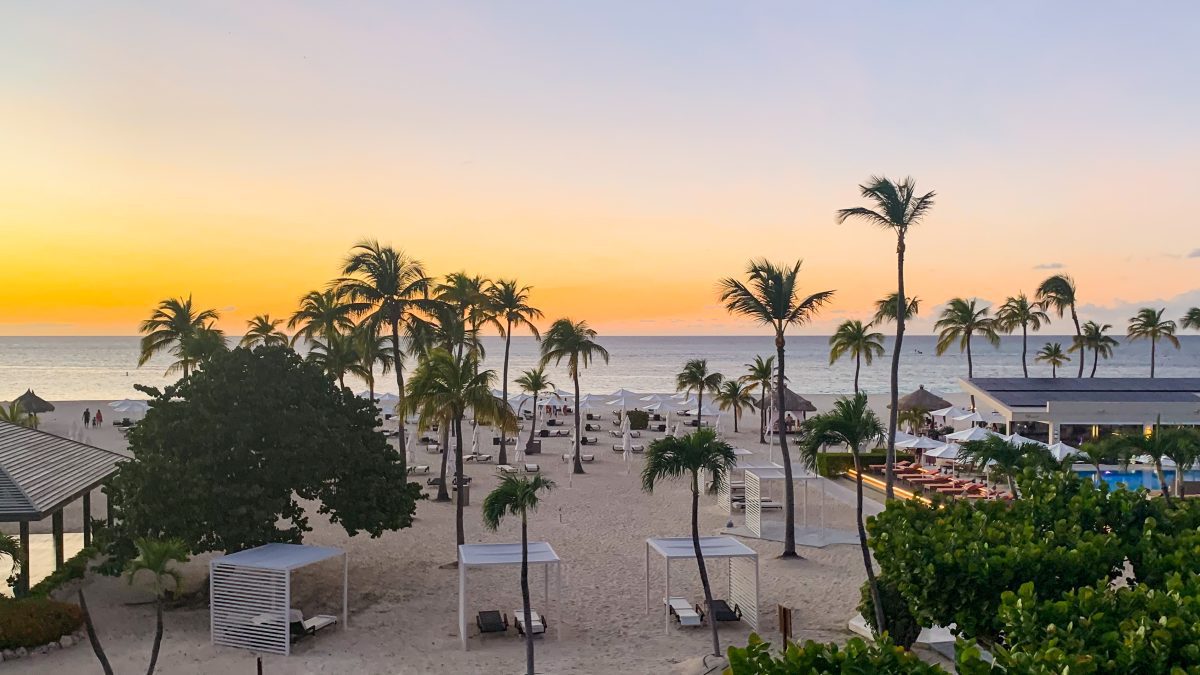
Just up the beach, Amsterdam Manor Beach Resort is charming with its Dutch colonial architecture and family-friendly with multiple room types to choose from. It’s also steps away from the iconic Fofoti Tree.
Renaissance Wind Creek Aruba Resort is located closer to downtown Oranjestad so lacks a beach but instead offers a private flamingo-inhabited island. Over-the-water private cabanas can be rented by the day starting at $475 USD.
Where to eat in Aruba
Like that of many other Caribbean countries, Aruba’s cuisine is a mix of seafood and other local ingredients, with flavors from its diverse population. You can find authentic spots for Colombian, Venezuelan, West Indian, and Chinese food.
Zeerover is a must-try fish fry to the south of the hotel zone, offering the catch of the day and shrimp by the pound. Be prepared to wait during the peak hour rush.
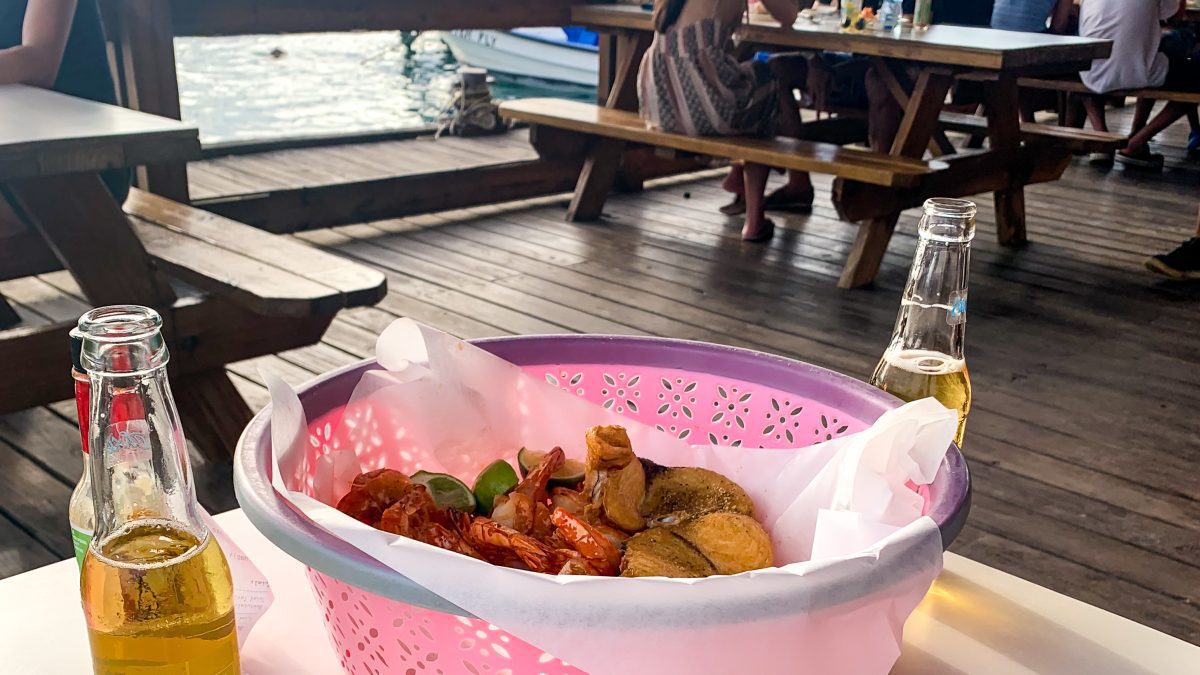
For authentic Aruban cuisine near the hotel zone, The Old Cunucu House serves Aruban specialties such as pumpkin soup, coach, beef and goat stews, and keesha yeshi. Pastechi House in Oranjestad to specializes in the local speciality, an empanada-esque snack with soft, flaky pastry.
What to do in Aruba
Aruba is best explored by choosing a part of the island and making a day trip out of it, whether you’re on your own or on a tour. The size of the island means that all destinations can be reached within an hour from your home base, allowing you to take your time to appreciate each area.
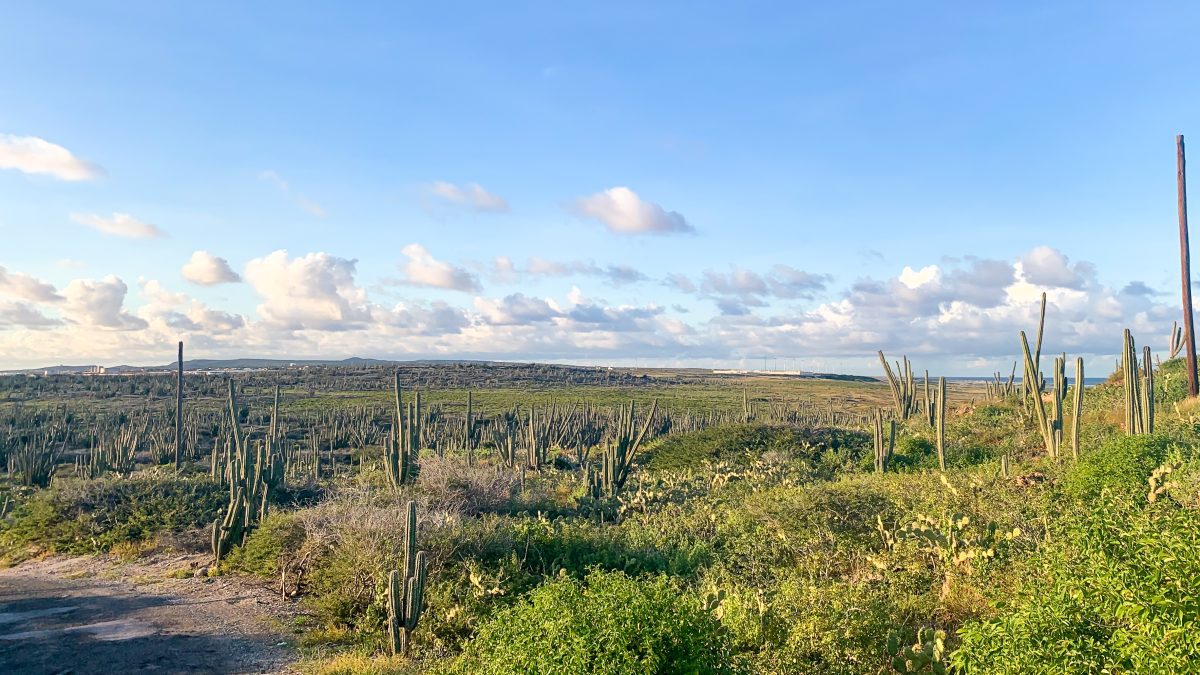
Tour the vistas and sites of the north island
Whereas the western side of the island is developed, the northern part is rugged, dotted with hidden coves, beaches, hiking trails, and historic sites including the Bushiribana Gold Mill Ruins, Alto Vista Chapel, and California Lighthouse. The coastline? Undeveloped, rocky, providing a stunning sight as waves crash down against it.
Explore Arikok National Park for adventure and hiking trails
Arikok National Park covers the center of the island, but many of the sites are not interconnected by road. So take your time by splitting this trip over a couple of days between the northern and southern sides. This will give you time to see sites, hike the walking trails, and take a dip in the water.
When arriving from the northern park entrance, the trip to Boca Keto beach and Conchi Natural Pool is itself an adventure. If you don’t have a Jeep, you can take a UTV tour.

From the park’s south entrance, you can visit limestone caves including Quadirikiri Cave and Fontein Cave with its Arawak drawings. You can pair this with a visit to beaches like Baby Beach on the eastern part of the island.
Visit San Nicolas and Baby Beach for laidback vibes
The town of San Nicolas is a little more than half an hour south of Oranjestad but feels completely removed from the tourist fray.
Stop by to check out the small museums, admire the street art, and grab a bite:
- Charlie’s Bar and Restaurant, an eclectically-decorated pub with surf and turf
- Kamini’s Kitchen for yummy West Indian food
- Grab a johnny cake from Colorado Shack for the road!
Continue on to Baby Beach, a crescent-shaped beach with white sand and thatched umbrellas. The calm waters are perfect to just float around or you can snorkel out on the reef. Get a drink for sunset on the pool deck at Rum Reef, located at the southern end of the beach.
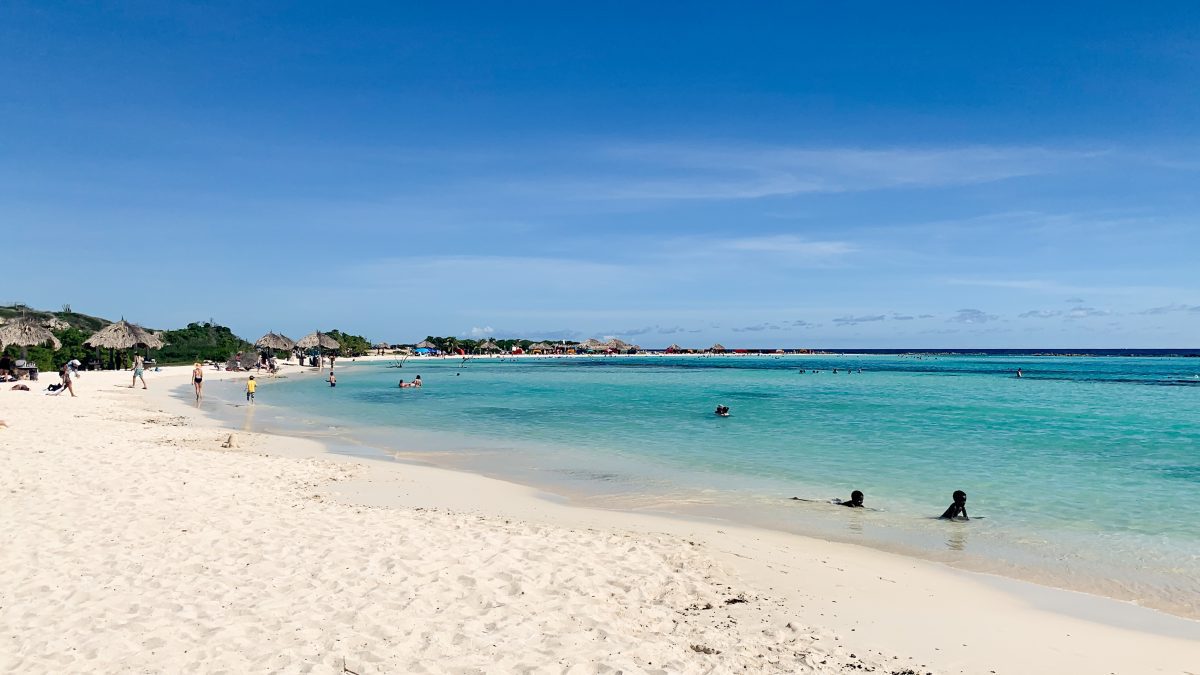
The landscape of the area around Baby Beach is fascinating. If you’re driving, you can see some seriously magnificent cactus fields, and in good conditions you can even spot Venezuela in the distance.
Eat, shop, and visit museums in Oranjestad
Oranjestad is the capital of Aruba, pleasant to wander around with its colorful shops, harbor, and shopping center.
Here you’ll find cultural attractions like the National Archaeological Museum. and the Tuesday evening welcome party at Fort Zoutman Historical Museum.
There’s also a lot of cool beach bars here. Stop by West Deck or Pinchos Bar and Grill where you can dine right on the water.
Snorkel Aruba’s secluded beaches on your own (or on a tour)
All of the beaches in Aruba are public and most are quite accessible with the entire western side having marked off areas where you can easily pull over from the main highway and hop in the water. Rent gear near the hotel area and make a day of exploring these different spots.
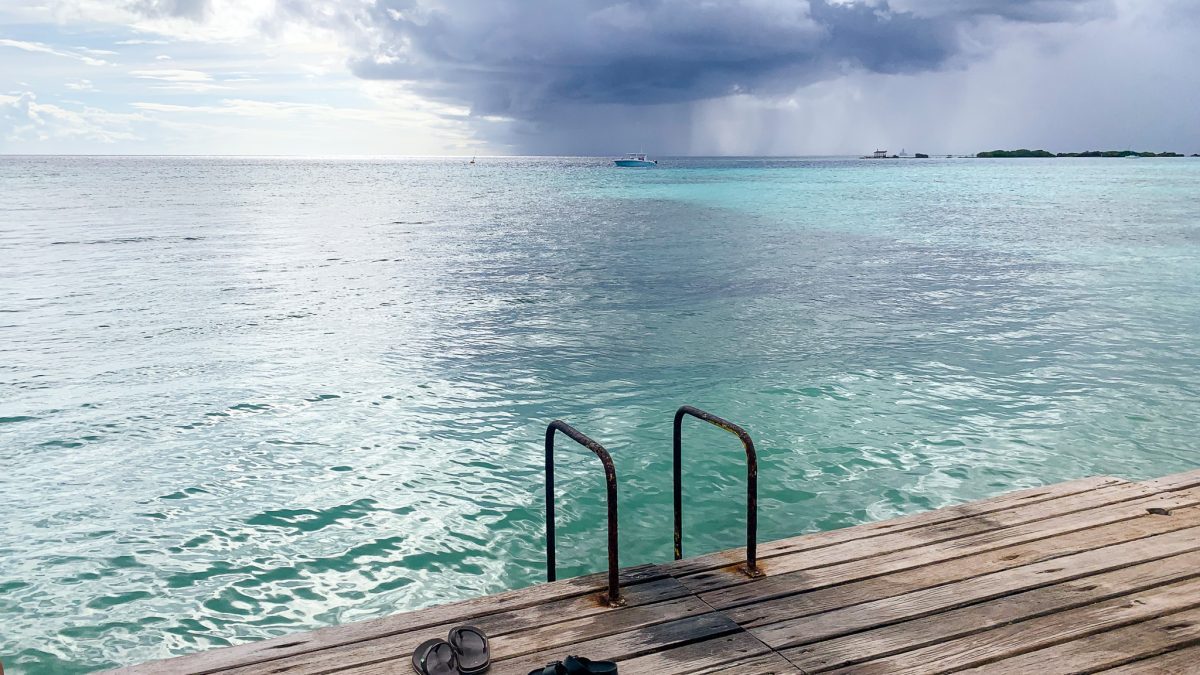
Some of the best beach snorkel spots include:
- Mangel Halto is a serene inlet shaded by mangroves and a small beach.
- Boca Catalina and Arashi Beach on the northern part of the island are stunning little beaches with easily accessible snorkeling off the shore.
To view things like coastal shipwrecks, you can also take all-inclusive boat tours with providers like Octopus Aruba.
Try water sports at Palm Beach
Aruba has excellent winds for different water sports including windsurfing, kitesurfing, paddleboarding, parasailing, and more! Beginners can take lessons on Palm Beach, whereas the beaches on the east are more for intermediate and advanced levels.
Watch the sunrise or sunset from Hooiberg Lookout
In the middle of the island is Hooiberg Lookout, one of the highest points in Aruba. It’s basically a straight walk up stairs (900 of them), but there’s many areas to take a rest on the way.

Visiting during sunrise or sunset is particularly special with the a panoramic view of the island.
Visit an aloe factory or take a cooking class
Did you know aloe is Aruba’s #1 export? If you head inland towards the hills, you’ll discover more of residential and agricultural Aruba. Visit the Aruba Aloe Museum Factory, which explains production of the aloe vera plant.
Why should you visit Aruba?
Wake up and do whatever you feel like that day.
Aruba, with its beautiful Caribbean waters and pleasant climate, is a unique island where you can have a great adventure at the drop of a hat. It feels very developed but is not prohibitively expensive.
How long do you need? One week is more than enough to cover the entire island, but I would visit Aruba for as little as 3 days if I could find a flight deal.
When is the best time to visit? Aruba is beautiful to visit year-round. High season is December to April during Aruba’s dry period, while April to November gets occasional showers.

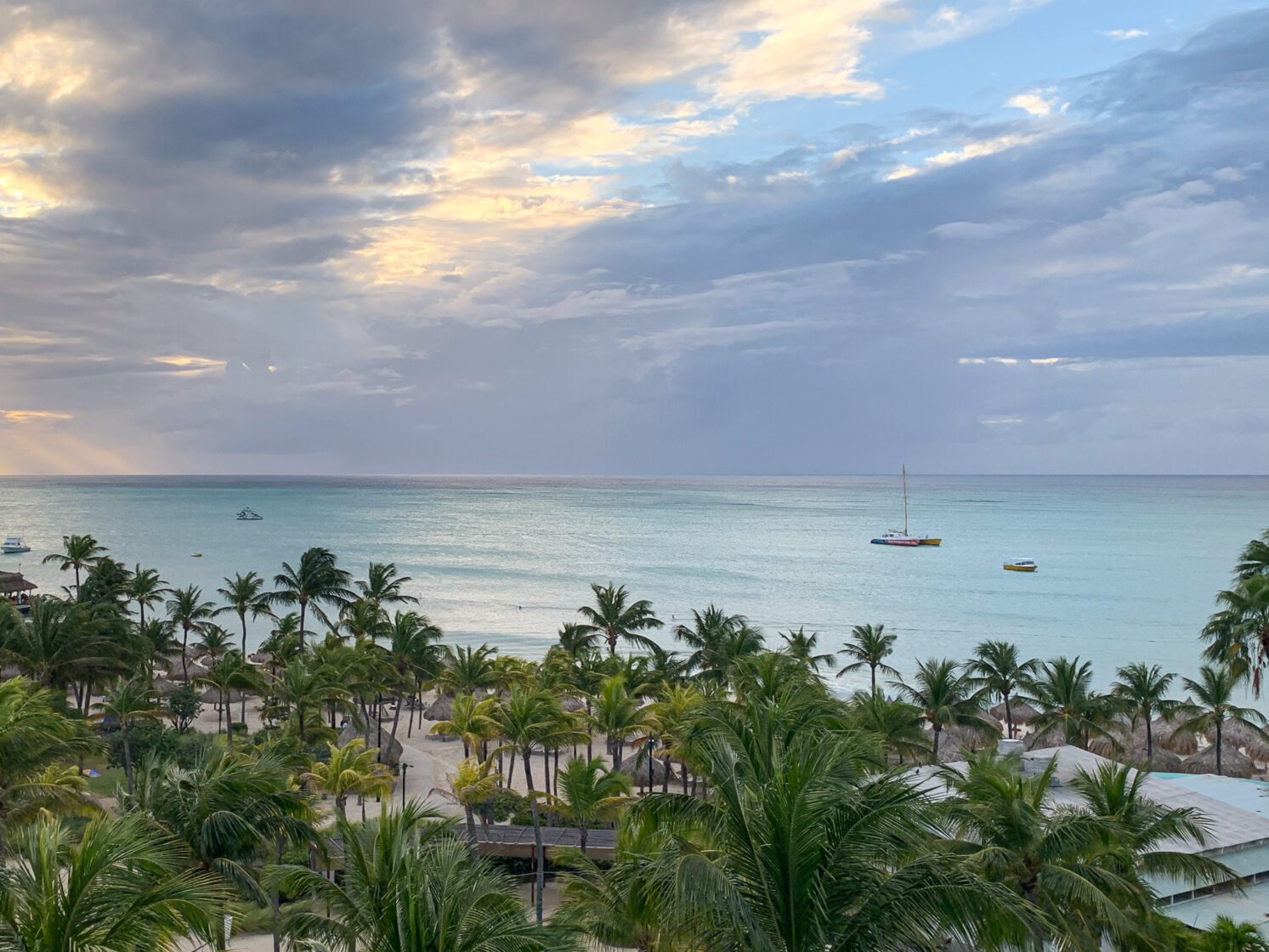
Ask a question